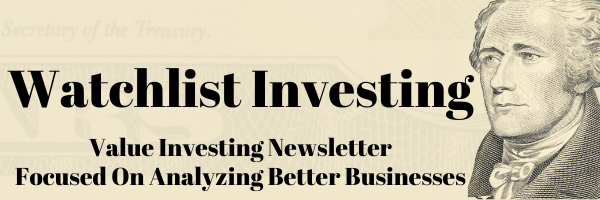Berkshire Hathaway’s $300 million investment in Senior Notes to Harley-Davidson provides insight into Buffett’s investment decision making and circle of competence. In February 2009 Berkshire participated in a $600 million debt offering that carried a 15% coupon rate.
Too small to be identified in Berkshire’s financial statements (but large enough to be fully-disclosed by Harley Davidson in its financials), shareholders nonetheless picked up on it and wanted to know why Buffett chose to lend Harley-Davidson money rather than buy the equity, which had more than doubled within a year.
Buffett’s response was telling. He had no view on Harley-Davidson’s equity value, he said, since he couldn’t gain clarity on the future of the motorcycle market or the company’s margins or returns on capital.
Lending to the company was relatively easy, however, since that decision was one of determining if it was going to go out of business or not.
In the credit offering Harley-Davidson’s fixed charge coverage ratio (a measure of how many times the company earned its debt service) was just 10.7x as of the end of the third quarter 2008. This, and its history of coverage up to nearly 60 times indicated HOG’s debt was a very safe credit risk.
Summing up the investment thesis in a way only Buffett could, he told shareholders “I like a business where your customers tattoo your name on their chest… .”
This example illustrates two very important points related to circle of competence. First, even a simple, easy-to-understand company can have a long-term economic future that is unclear. Second, the type of security one purchases can drastically alter the underlying risk in the investment.
The fact that an investor like Buffett places limits on where he’s willing to invest should remind us all to remain humble.

